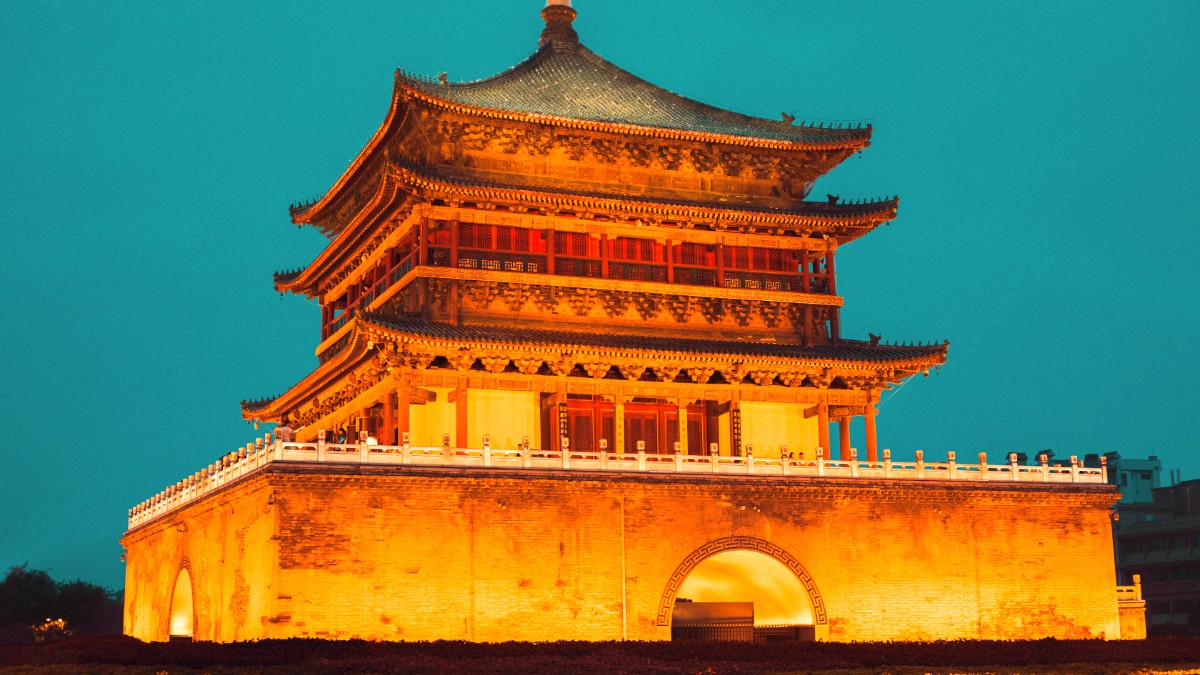
Shaanxi Shanxi, China
Xi'an's metro system is modern, clean, and expanding. As of early 2024, it has 10 operational lines, covering many major attractions and city areas. The metro is fast, reliable, and bypasses surface traffic. English signage is prevalent, making it user-friendly for international visitors. The city also has an extensive bus network. Buses reach areas not covered by the metro. They can be slower due to traffic congestion and crowded during peak hours. English signage is less common on buses.
You can find metro maps at all stations, inside metro cars, online, and through various smartphone apps. Look for maps with English translations. Important hubs where multiple metro lines meet include Beidajie (Line 1 and Line 2), Xiaozhai (Line 2 and Line 3), and Longshouyuan (Line 2 and Line 4). These hubs are useful for planning your routes to different parts of the city.
Newer metro stations and trains are generally accessible (elevators, ramps). Older bus stops and some older buses may have limited accessibility. Research specific routes.
Download a metro map app or Baidu Maps/Amap for real-time directions. Avoid peak rush hours (7:30-9:00 AM, 5:00-7:00 PM). Trains and buses become extremely crowded.
Knowing simple phrases like "Where is the X station?" (X zhàn zài nǎlǐ?) can be useful. Observe local practices for smoother interactions.
Stick to clearly marked, official taxis. If unsafe, note license plate and driver ID. Avoid unmarked cars.
Didi tracks journeys and provides driver details. Share ride details with family/friends.
At XIY and major train stations, follow signs to official taxi stands or Didi pick-up spots.
Car rental is generally not recommended for tourists due to Chinese driving license requirement and traffic complexity.
While self-driving is not common for tourists, Xi'an offers other rental options for exploring the city.
The Muslim Quarter and areas around the Bell Tower and Drum Tower are best explored on foot. Wide sidewalks and pedestrian zones are available.
Many local tour operators offer guided walking tours, focusing on the Muslim Quarter's food and history. Self-guided tours are easy with a good map or navigation app.
Xi'an has limited dedicated bicycle lanes. Cycling in heavy traffic can be challenging. The path atop the City Wall is wide, flat, and exclusively for pedestrians and cyclists, providing a safe experience.
Beyond the standard options, Xi'an offers unique or specialized transportation methods to enhance your sightseeing.
Infrastructure is improving in major cities like Xi'an. Newer metro lines and large attractions are often designed with accessibility in mind (elevators, ramps).
Progress in urban areas.
Many older parts of the city, traditional areas like the Muslim Quarter, and some public buses still present challenges with uneven surfaces, stairs, and limited accessibility.
Challenges in older districts.
If you have specific mobility needs, inquire with individual hotels and attractions in advance. Consider hiring private transport or specialized tours for greater flexibility and comfort.
Plan ahead for specific needs.
Public transport offers an authentic and cost-effective way to experience Xi'an, connecting you to all major attractions.
For most tourists, cycling the City Wall is the extent of their two-wheeled adventure in Xi'an, with other forms of transport covering the rest of their needs.